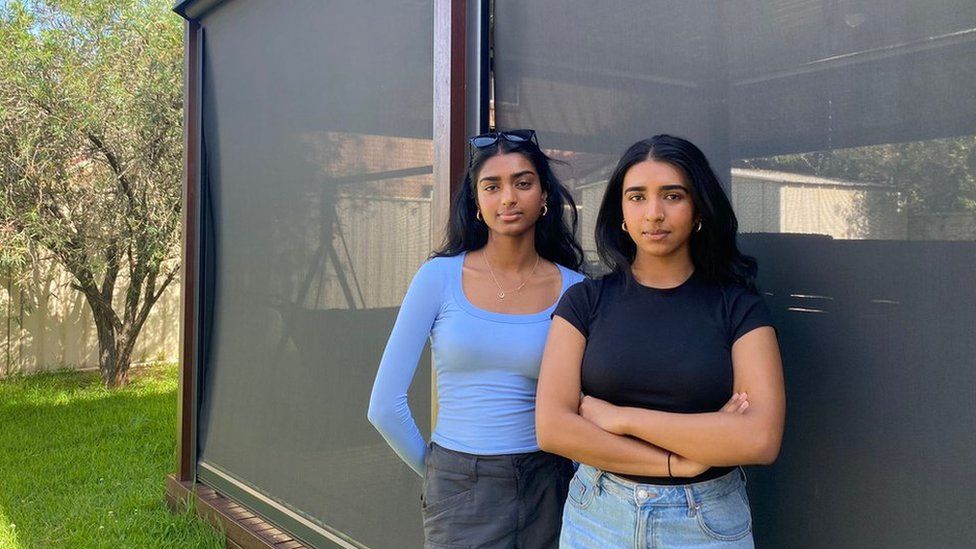-

-
-
Loading

Loading

The Shah family's summer experience in Australia is vastly different from the idyllic coastal lifestyle often depicted in travel brochures. Living in an inland area of Sydney, they don't have easy access to the beach and struggle to escape the sweltering heat. This environment takes a toll on their health, causing migraines for Sanaa Shah and nosebleeds for her younger sister. The region they live in, western Sydney, has a rapidly growing urban population and high poverty rates. Already, one in every ten summer days in this area exceeds 35C, making heat the "silent killer" in Australia. Climate modelling has shown that more than 60% of heat-related deaths occur in underprivileged communities like Ms. Shah's. Experts warn that without government intervention, social inequality will determine who survives the increasingly blistering temperatures in Australia. Heatwaves, defined as three or more consecutive days of high day and night temperatures, can lead to serious illnesses like heatstroke. The elderly, disabled, and those with underlying medical issues are most vulnerable, but anyone unable to find cooler conditions can face lethal consequences. Official data indicates that heat caused nearly 300 deaths and sent 7,000 people to hospitals over the past decade. However, a study by the Australian National University suggests that the true numbers are much higher, with heat contributing to 36,000 deaths between 2006 and 2017. Urban heat islands, areas covered in materials that amplify heat, are particularly dangerous. Western Sydney, with its lack of cooling coastal breezes, inadequate insulation, and high living costs, exemplifies this issue. Many residents, like the Shahs, are forced to stay indoors or rely heavily on air conditioning, which can be unaffordable for some. Ms. Shah questions why her suburb was built in a way that works against the local environment. A nationwide survey revealed that half of Australians felt their suburbs were designed in ways that increased heat, and nearly 70% reported feeling unwell on hot days. Charity organizations like Sweltering Cities provide information to people living in urban heat islands on how to seek refuge and use affordable cooling techniques. While authorities have made efforts to combat the problem, more significant policy changes are necessary, according to Emma Bacon, founder of Sweltering Cities. She advocates for updated construction codes that consider climate data, heatwave emergency plan reviews, and a national ban on dark roofing. Australia's reliance on coal and gas for its electricity grid and economy is also criticized. Climate researchers warn that unless the country shifts away from these fossil fuels, more people will be exposed to lethal heat in the future. Carbon cuts need to occur at a household level as well, with a focus on teaching people alternative methods of dealing with heat rather than relying solely on air conditioning. These low-resource cooling strategies include using fans to cool the body, wetting the skin or feet, or placing ice on the back of the neck. This summer, experts urge Australians to adopt these methods to combat the heat while also addressing the systemic issues that lead to heat-related deaths, such as poverty and vulnerability.